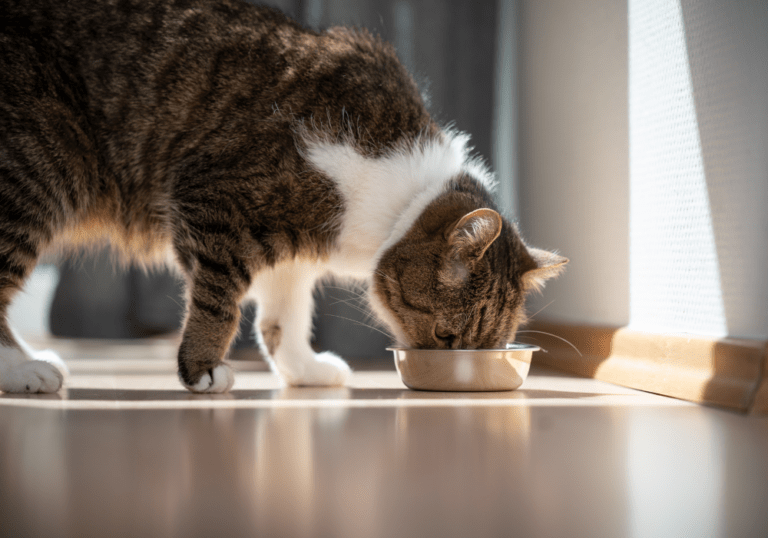Cat Food Labels: What Nutritional Facts and Ingredients to Look For

When it comes to feeding your feline friend, understanding cat food labels is crucial to ensuring their health and well-being. With a plethora of options available in the market, deciphering these labels can feel overwhelming. This article will guide you through the essential nutritional facts and ingredients to look for when choosing cat food.
Understanding the Information on the Label
The first step in reading cat food labels is to examine the product name. The name can provide valuable insights into the food’s primary ingredients. According to the Association of American Feed Control Officials (AAFCO) regulations, if the label features terms like “Grilled Chicken” or “Tasty Beef,” it must contain 95 percent of that ingredient. For example, a product labeled “Beef and Chicken Combo” must have 95 percent of the combined ingredients, with beef listed first indicating it is the predominant ingredient.
If the label states “Dinner,” the food must contain at least 25 percent of the ingredient mentioned. For instance, a “Turkey Dinner” may contain anywhere from 25 to 94 percent turkey. In contrast, if you see “with,” such as “Appetizing Morsels with Real Chicken,” it implies that the food contains at least 3 percent chicken.
When examining the back of the package, you’ll find several key categories:
- Guaranteed Analysis: This section lists the percentages of crucial nutrients like crude protein, crude fat, crude fiber, moisture, linoleic acid, calcium, phosphorus, and vitamin A.
- Ingredients: The ingredients are listed in order of quantity, starting with the highest. Ideally, a quality cat food should list a protein source (meat, chicken, or fish) among the top five ingredients. Be cautious of lower-quality foods where fillers, such as ground yellow corn or corn gluten meal, are listed before the protein.
- Feeding Instructions: This section offers guidance on the appropriate amount of food to feed your cat based on its weight and age.
- AAFCO Statement: Look for a statement indicating the product “is formulated to meet the nutritional levels established by the AAFCO (dog/cat) nutrient profiles.” If this statement is absent, the food may not meet your cat’s nutritional needs.
- Net Weight: When comparing different brands, pay attention to net weights to ensure you’re getting the best value for your purchase.
The Most Important Nutrients for Your Pet
Cats require a well-balanced diet rich in essential nutrients to thrive. Here are the key nutrients to look for:
- Protein: Essential for growth, strong muscles, and overall health, protein sources like lamb, chicken, turkey, beef, salmon, or tuna are vital. Adult cat food should contain at least 26 percent protein, as recommended by PetMD.
- Fat: Fats provide energy and support normal nervous system function. They also contribute to a healthy coat and skin. Look for linoleic acid in the Guaranteed Analysis.
- Calcium: Important for strong bones and teeth, calcium also supports muscle and nervous system health.
- Phosphorus: This mineral aids in bone and tooth development, as well as maintaining healthy muscles and nerves.
- Vitamins: Key vitamins like A and E support eyesight and cell protection. Other important vitamins include folic acid, niacin, riboflavin, and vitamins B1, B6, B12, D, and K.
Making the Right Choice for Your Cat
Choosing the right cat food can significantly impact your pet’s health. If you’re unsure which food is best for your feline, consult our doctors at Willow Glen Pet Hospital. They can help you weigh the pros and cons of various brands and make an informed decision tailored to your cat’s specific needs.
If you need more help or have any questions, call us at Willow Glen Pet Hospital, (669) 342-7472, 1033 Willow Street, San Jose, CA, 95125, US
Hours: Monday – Saturday 8:00 am – 6:00 pm Dr. Gillon or Dr. Shani or visit us online.
